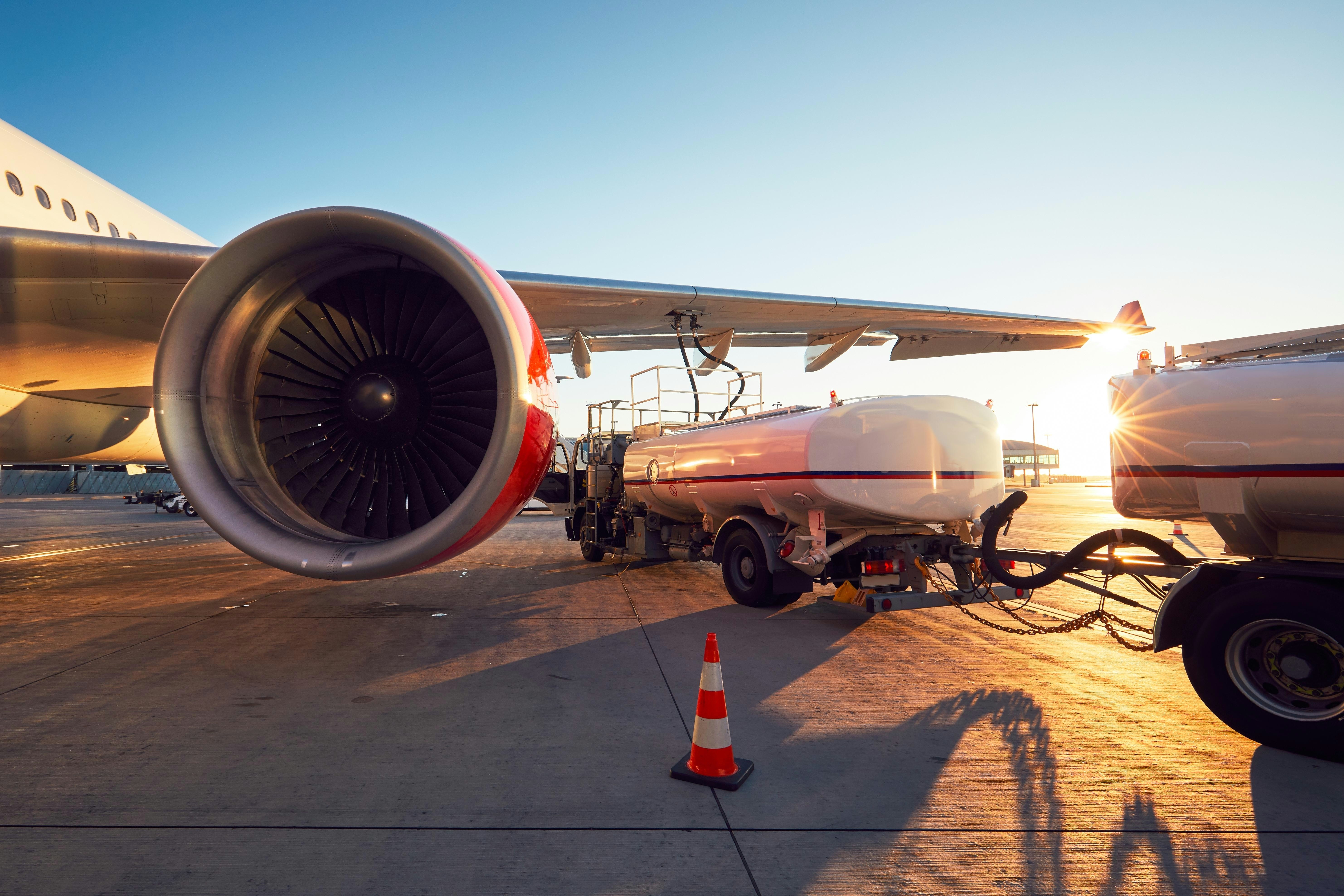
AeroGenie — Your Intelligent Copilot.
Trending
Categories
Defense Aviation Adopts Commercial Innovations
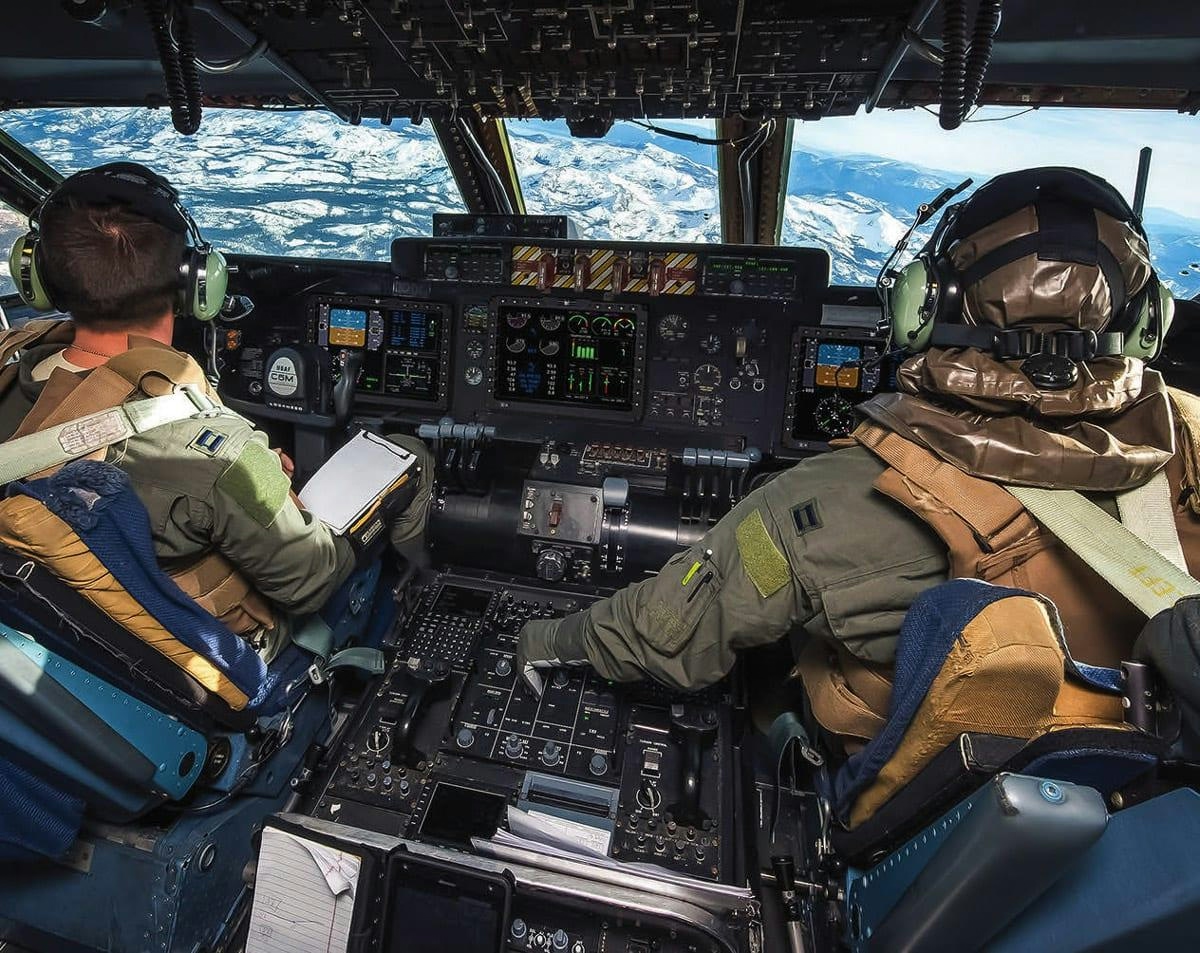
Defense Aviation Adopts Commercial Innovations Amid Rapid Sector Growth
Danny Knee, a seasoned expert with over 25 years in military avionics, currently plays a pivotal role at Acron Aviation, where he facilitates the integration of commercial innovations into military platforms. His work supports governments and industry partners in accelerating development timelines and enhancing operational capabilities. This effort comes at a time when the defense aerospace sector is witnessing its most significant expansion since the Cold War, largely driven by a substantial increase in European defense spending. By the close of 2025, European Union member states are expected to allocate €380 billion to defense, marking a €40 billion rise from the previous year. However, the surge in demand for advanced, reliable military capabilities amid a volatile geopolitical environment is exposing the limitations of traditional, protracted military development cycles.
Addressing the Speed and Skills Deficit
Military aviation has traditionally depended on extended, sequential development processes, which often result in new systems becoming outdated before deployment. This issue is exacerbated by a growing skills shortage, as the retirement of experienced engineers outpaces the training of new talent. In contrast, commercial aviation benefits from shorter innovation cycles and access to a broader, more dynamic workforce. By leveraging commercial technologies, defense programs can tap into this vibrant ecosystem, enhancing production efficiency and facilitating valuable knowledge transfer. Nonetheless, integrating commercial innovations into military applications presents challenges. Industry leaders, echoing calls such as those made by Army Secretary Driscoll at AUSA 2025, stress the urgent need for accelerated acquisition processes to effectively incorporate emerging technologies.
Budgetary Constraints and Market Dynamics
Financial pressures are increasingly challenging legacy defense development models. The reliance on bespoke components, exhaustive testing, and prolonged certification processes inflates costs and delays delivery. Commercially derived solutions offer a pragmatic alternative, providing advanced capabilities more rapidly and at reduced expense. This shift is reshaping the defense market landscape, intensifying competition among companies and placing traditional service providers under structural strain. Mergers and acquisitions activity has decelerated, partly due to inflated valuations of private firms. In response, some established defense companies are pursuing self-disruption strategies to avoid obsolescence, while technology disruptors are entering the sector, contributing to what analysts describe as the "Fifth Defense Revolution."
Enhancing Military Capability Through Commercial Innovation
Commercial aviation firms are uniquely positioned to deliver defense solutions at the pace demanded by modern military operations. By adapting proven commercial products for military use, these companies offer cost-effective and reliable alternatives. Military aviation teams increasingly adopt this approach to alleviate production pressures and close capability gaps. For instance, in the development of OEM-certified cockpit displays, surveillance systems, and mission-critical avionics, commercial specialists integrate military-specific requirements—such as ruggedness, cybersecurity, and environmental resilience—into established commercial architectures. These hybrid solutions improve situational awareness, mission effectiveness, and intelligence gathering while maintaining stringent reliability standards.
Flight data monitoring systems, long standard in commercial aviation, are now being deployed across military fleets. Voice and flight data recorders, refined through commercial service, meet rigorous MIL-SPEC standards for durability and precision, supporting fixed-wing, rotary, and unmanned platforms alike. These systems benefit from comprehensive lifecycle management and 24/7 Aircraft on Ground (AOG) support, ensuring continuous operational readiness.
Training Systems as a Paradigm of Hybrid Innovation
Training systems exemplify the successful crossover between commercial and military technologies. Modern full-flight simulators increasingly incorporate commercial gaming engines, virtual reality, and machine-learning algorithms—technologies originally developed for consumer and commercial markets. When adapted for defense purposes, these tools create immersive, effective, and cost-efficient training environments. As defense aviation continues to evolve in response to emerging threats and operational demands, the integration of commercial innovation remains essential. The sector’s capacity to accelerate adoption, streamline acquisition, and embrace disruptive technologies will be crucial in sustaining military advantage within an increasingly competitive global landscape.
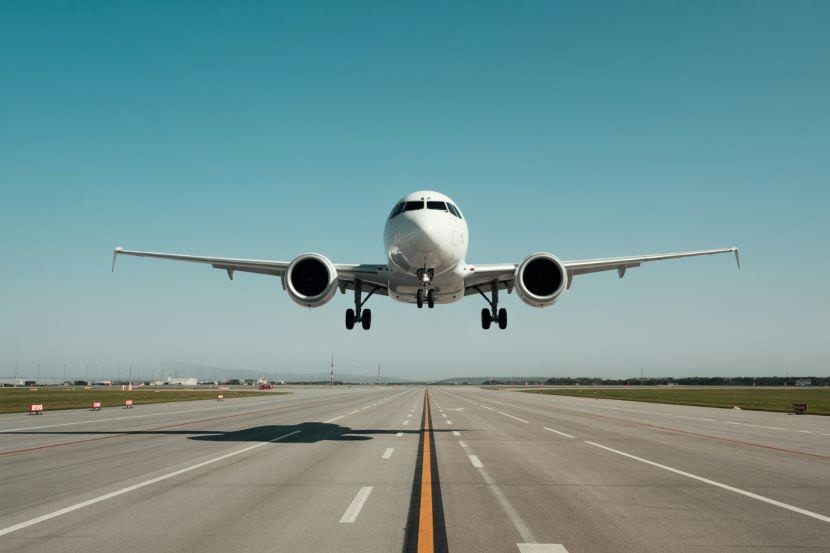
MedAire’s Alert Platform Enhances SolitAir’s Role in Aviation Security Innovation

India Faces Shortage of 30,000 Pilots Amid Growing Fleet, Aviation Minister Calls for Urgent Training
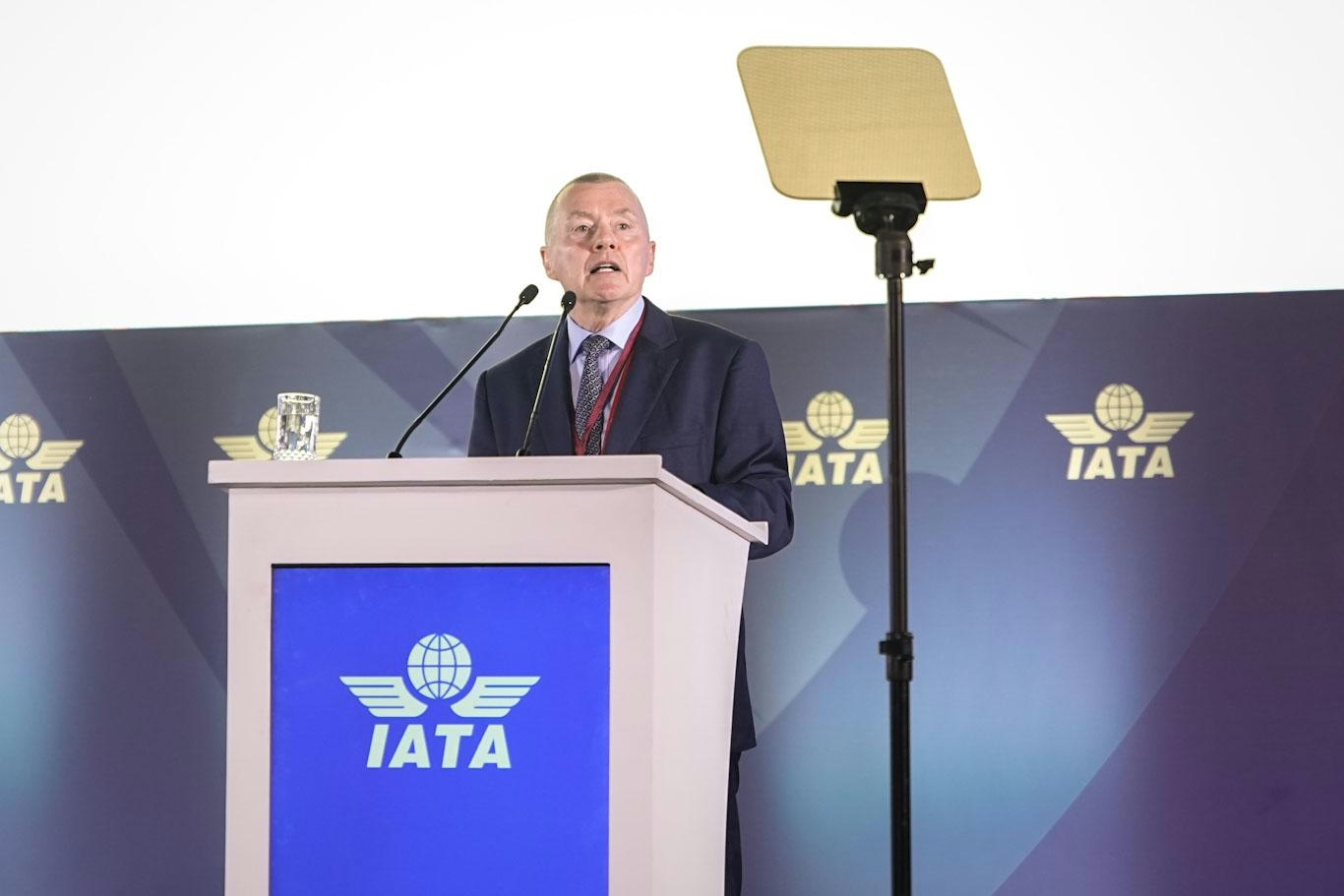
IATA Chief Calls for Fair Compensation for Airlines Amid Supply Chain Challenges
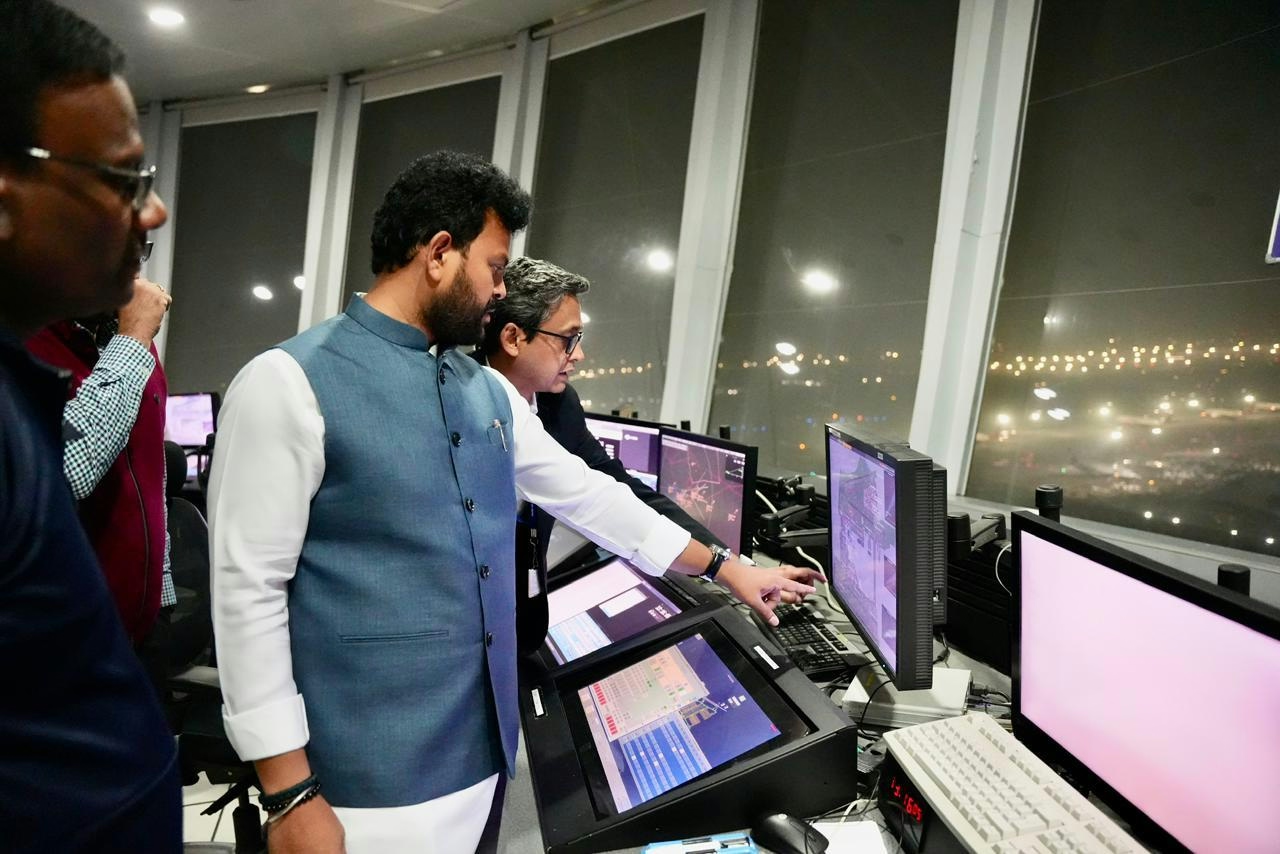
AAI Unveils Pavilion Highlighting India’s Aviation Advances at IITF 2025
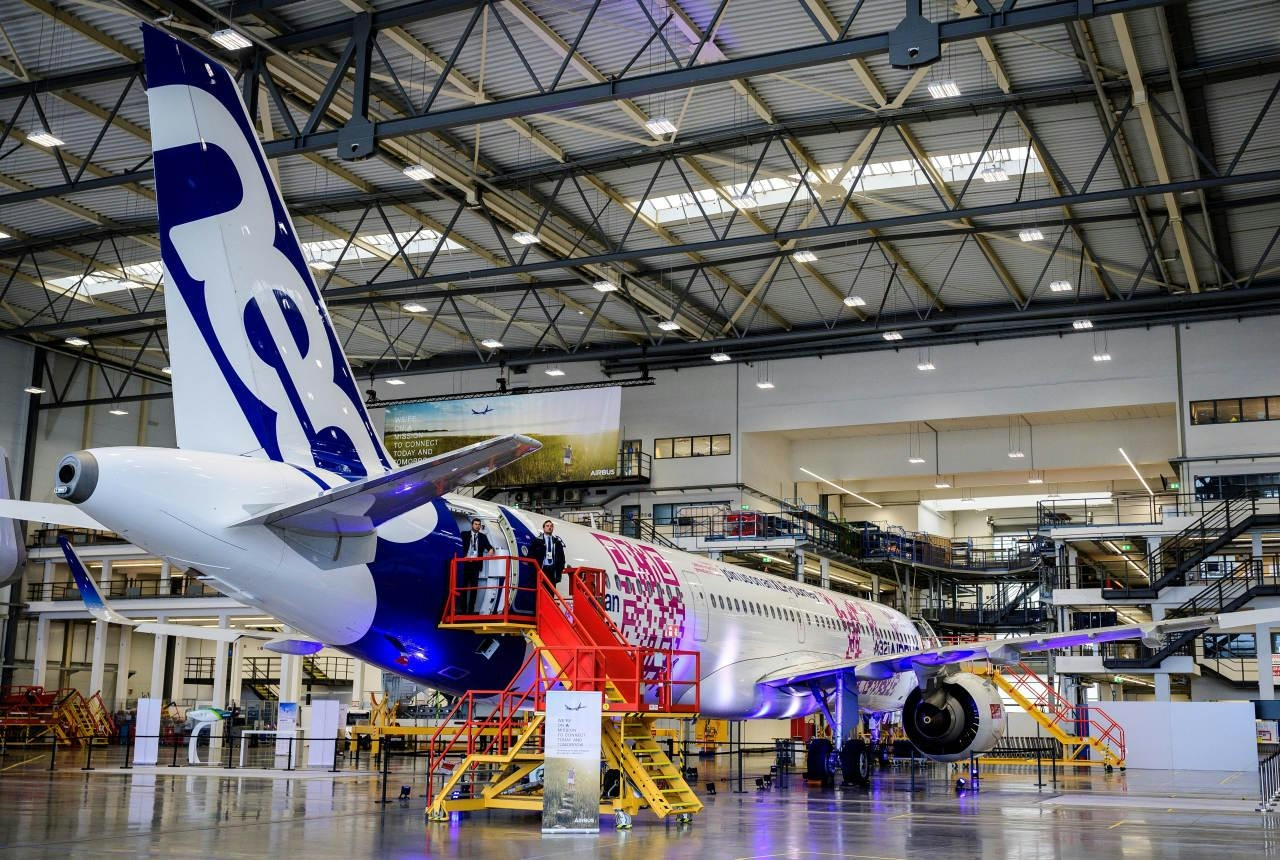
Airbus Projects Asia-Pacific Will Need Nearly 20,000 New Planes Over 20 Years
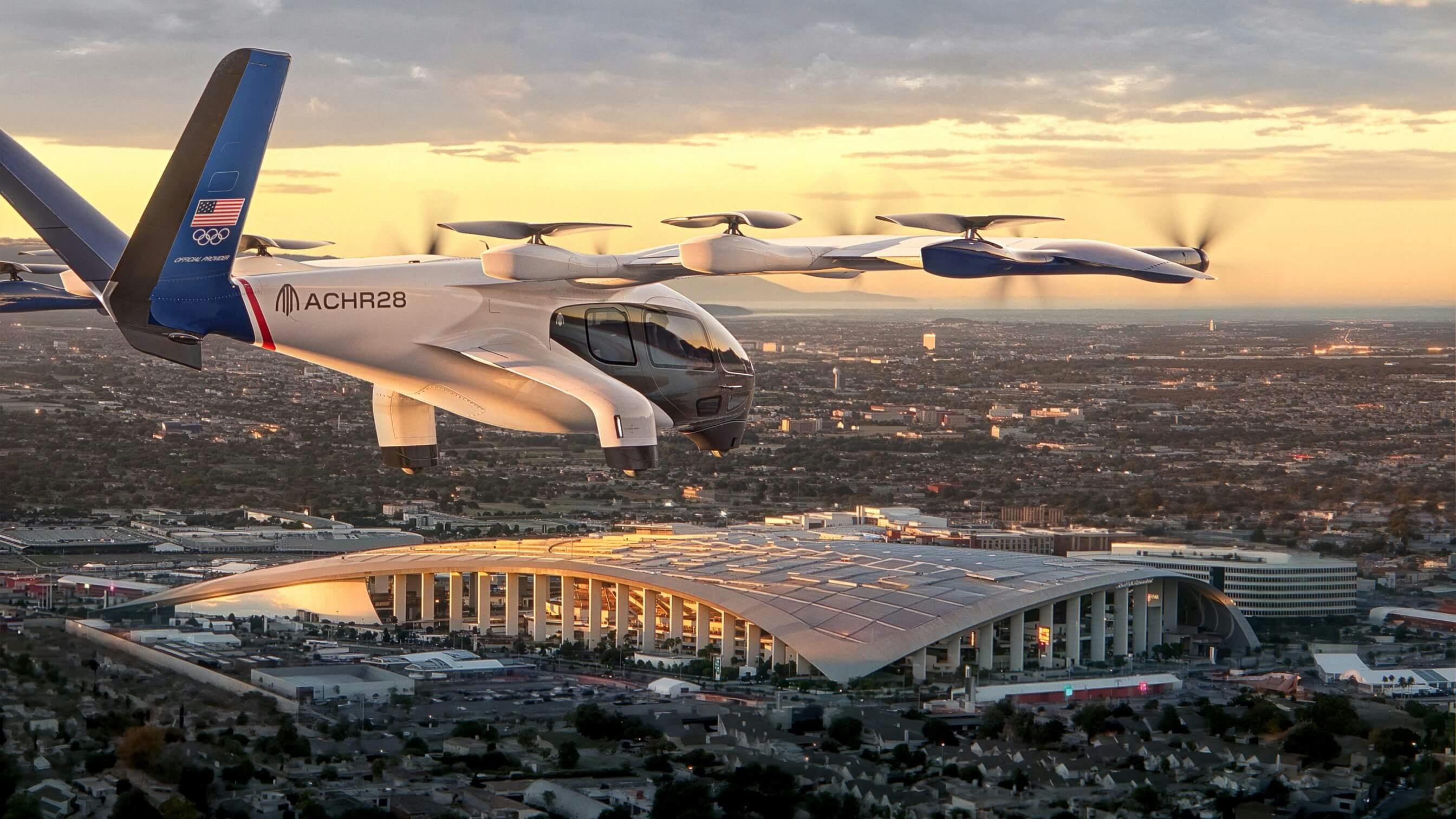
Archer Midnight Air Taxi Launches Silent City-to-Airport Flights in 2026
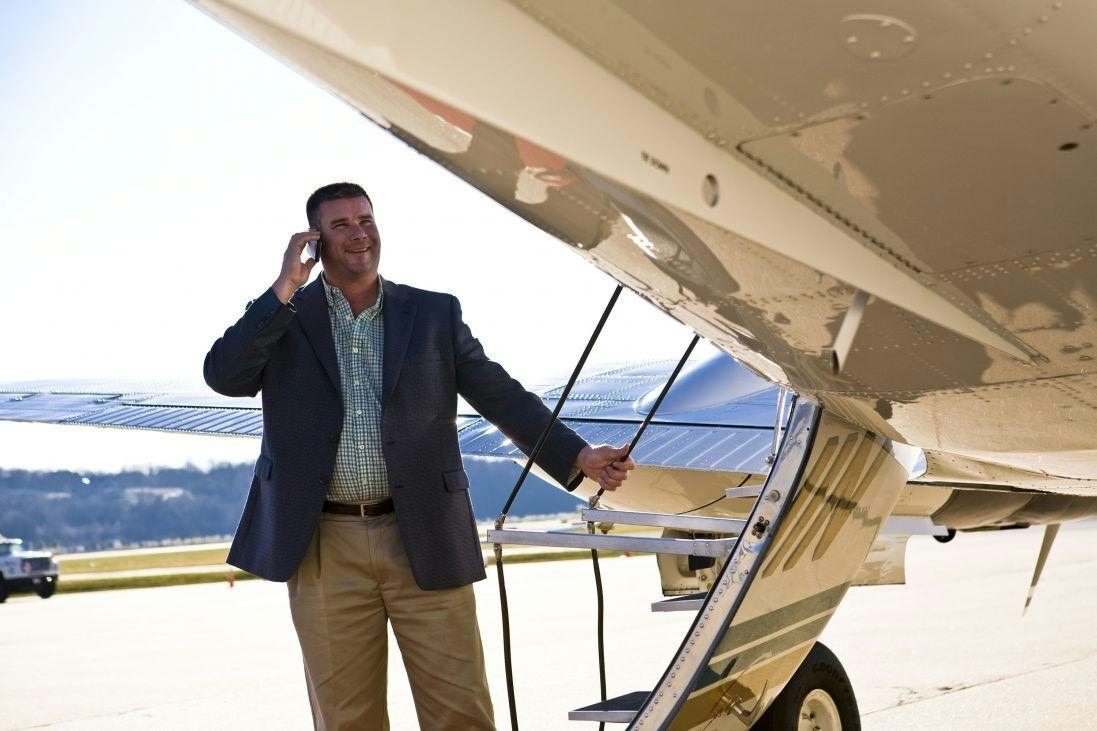
Aircraft Leasing Companies Offer Potential Benefits for Investors
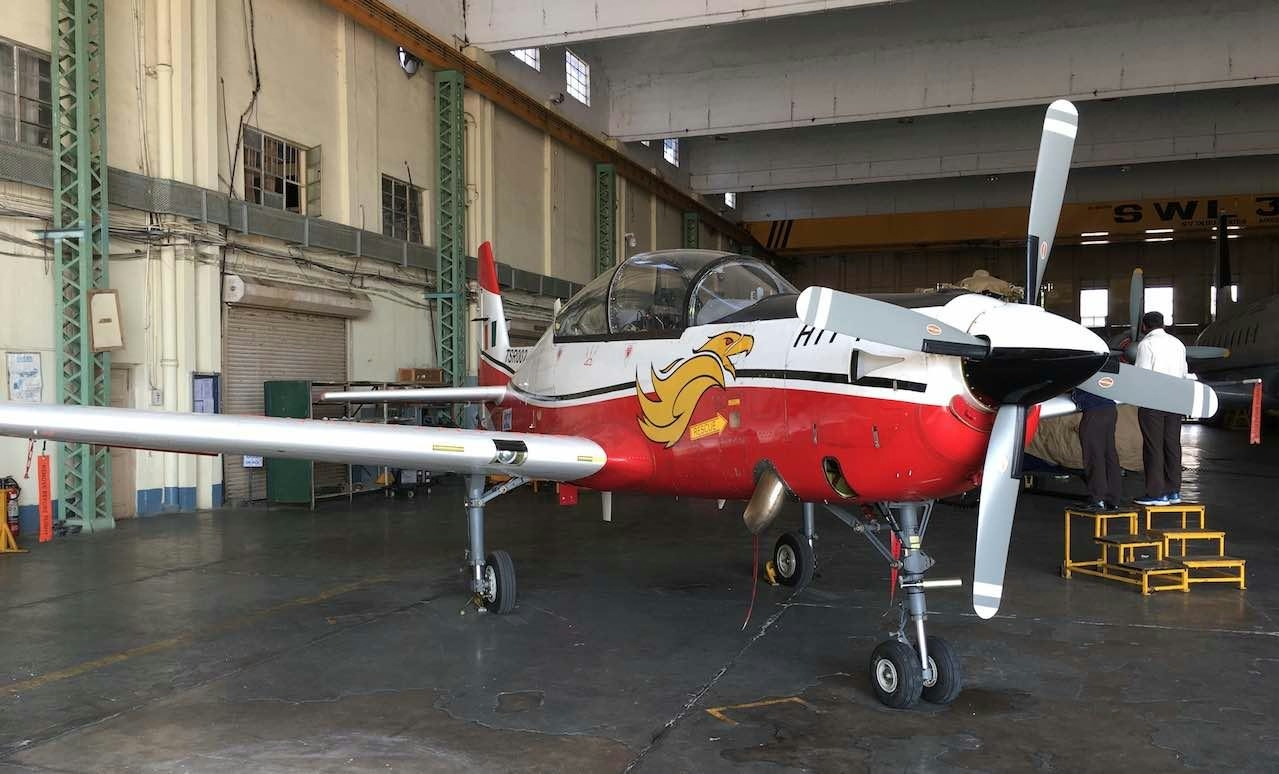
HAL Increases Production Ahead of HTT-40 Delivery
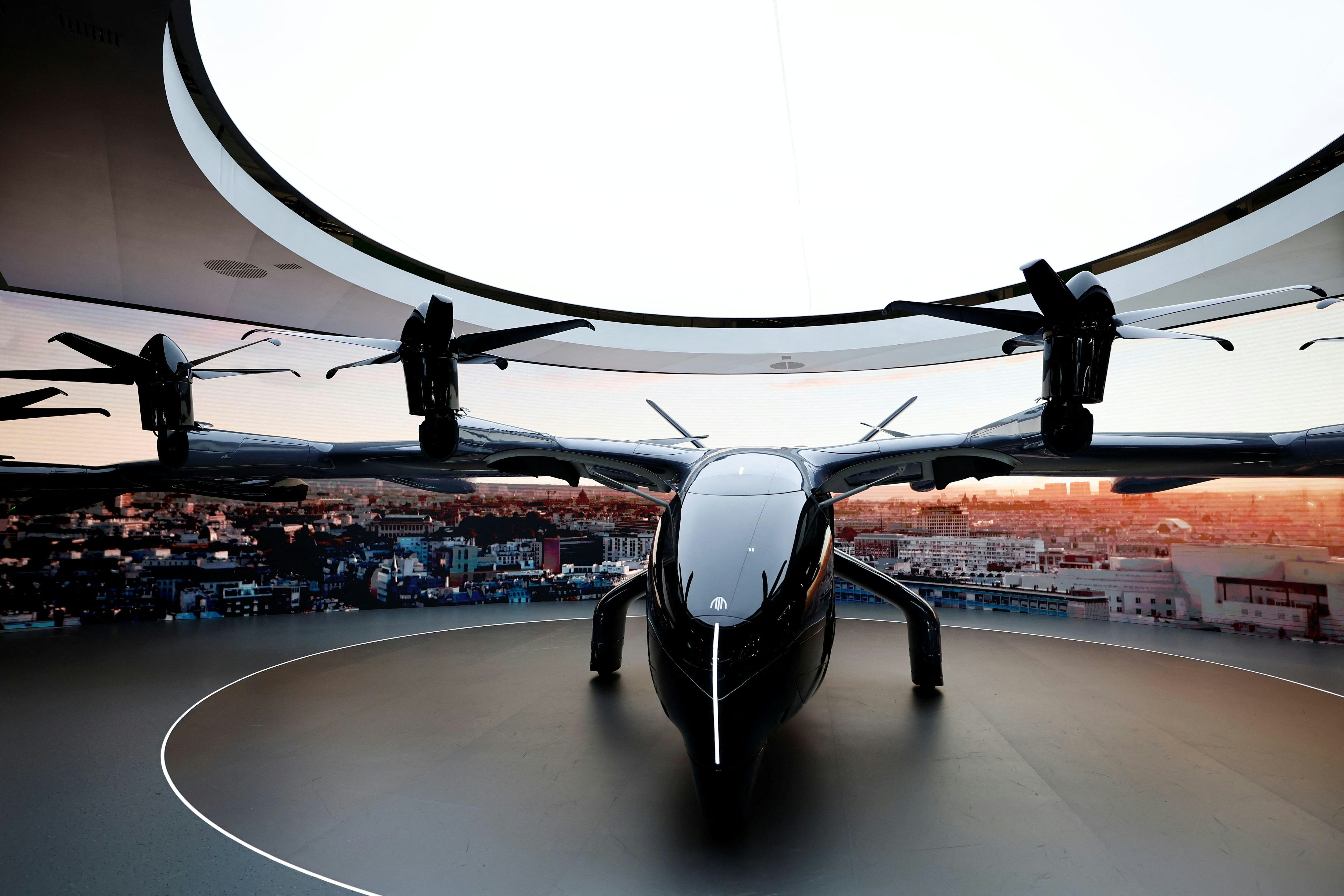
Archer Acquires Regional Airport
